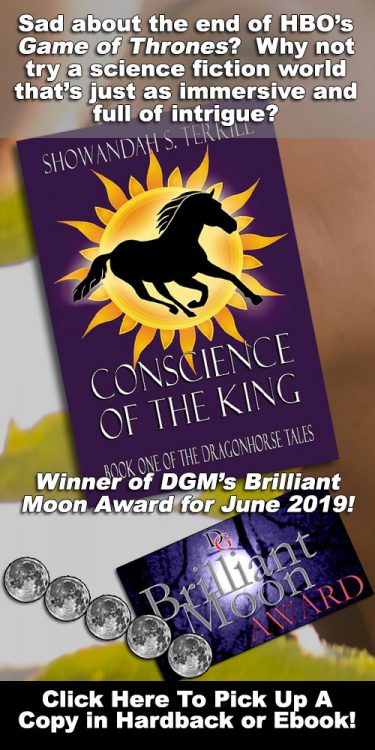What is Goth?
The concept of Goth encapsulates much more than a genre of music, a style of dress, or a particular social scene. Goth is an idea that means many different things to many different people. For some, it may be simply a fashion statement. For others, it is an all-encompassing way of life that permeates through every facet of one’s existence.
While it really depends on the individual to define what Goth is in a philosophical sense, for those who wish to learn more, we have a bit of history and where we find ourselves today in the paragraphs below!
Pre-20th Century
As far as the name “Goth” goes, however, its roots can be traced back to a 6th century Germanic tribe. The Goths of the 6th century (divided into two groups, the Ostrogoths and Visigoths) were highly communal as a people and highly valued art which included jewelry, gold, and other decorative vessels. Throughout the 12th through the 16th century, Gothic architecture (though not labeled as such until the late Renaissance) emerged with many of its large cathedrals, churches, and town halls still admired today for its beauty. The style of the architecture, sculpture, and painting throughout this time seemed to suggest a type of spiritual awareness; the interiors of the churches were purposely tall and spacious to create a sense of perspective between God and those inside the church.
As the Renaissance continued, however, the term “Gothic” became derogatory as a synonym for barbaric. Many during this time considered the style an antithesis to classical art and a threat to their values. Italian artist and writer Giorgio Vasari notably described Gothic art as a “monstrous and barbarous disorder”. The term carried a negative connotation up through the 17th and 18th century when it presented itself again as a style of literature. Aesthetically it focused on horror, the supernatural, and the macabre, elements still present in today’s subculture. Famous works such as Mary Shelley’s Frankenstein and Bram Stoker’s Dracula are perfect examples of this style. Architecturally, the 19th century saw a Gothic revival which saw the re-emergence of the long and spacious building styles. This paralleled philosophical and political movements of the time.
Modern Era
Now we fast-forward to the 20th century and to the birth of the modern Goth music. The term “Gothic“ had been used sparingly to describe the music of The Doors and David Bowie, but the first date-able usage of the term was by Tony Wilson to describe the music of post-punk band Joy Division. The dark atmospheres in Joy Division’s music helped give birth to Goth rock. Pioneers such as Siouxsie and the Banshees and Bauhaus helped distinguish the music as an offshoot of punk rock (although during this time the bands didn’t label themselves as “Goth” as the term was much less defined during this period). The first wave of Goth rock took place through the early 1980’s with more bands such as The Mission UK and Fields of the Nephilim coming along later in the decade. The 1990’s saw Goth rock mutate and cross-pollinate with other genres such as industrial. This brought about new dark genres of music such as darkwave and ethereal (through labels such as 4AD and Projekt). Throughout the mid-to-late 1990’s, the Gothic aesthetic (in visuals and mood) began to see more mainstream exposure through various heavy metal bands such as Rob Zombie and Marilyn Manson. In the early 2000’s, bands such as HIM and Evanescence brought more mainstream exposure to the Goth culture in terms of fashion and visuals (although the two aforementioned bands are rarely considered Goth within the culture itself).
From the 80’s all throughout the 90’s, Goth as a culture began to distinguish itself more and more through various styles of fashion as well as through movies, art, and literature.
Today
There are MANY styles of Goth today, with the connecting elements often being about commentary on society, an unwillingness to conform to the desires of “appearance,” a dark or macabre sense of humor, and the need to seek truth.
Goths still fight against cultural stereotypes of us as being suicidal, Satanic, or dangerous. These assumptions come from a lack of understanding as well as the tendency by many to wish to homogenize an outside group. The truth is that the Goth culture as a whole is neither violent nor Satanic (the culture carries no religious requirements of any kind, although, much like the philosopher Plato, they do tend to believe that the world is not limited to the physical).
The most common characteristics that people assume–the use of black clothing to set up a style or aesthetic, as well as the use of dark makeup and nail polish–is less pronounced in this artistic community than outsiders assume. (The tendency to use kabuki-like face paint is even less common.) In fact, many modern Gothic modeling shoots have more in common with Cirque du Soleil than vintage, black and white horror films.
While fashion and music styles vary radically between segments as diverse as “Rivethead,” “Cyber-Goth,” “Victorian,” “Steampunk,” and many more, one of the more connecting components of many within the separate fields of Goth style is a love of nerd and/or geek culture. Talking with Goths across the globe, we’ve been delighted to discover how unifying the love of comics, RPGs, Magic: the Gathering, video games, CosPlay, and all things Wil Wheaton are.
As this site will indicate, Goth is a culture brimming with creativity, self-expression, and new and unique points of view, which encompasses music, art, fashion, literature, philosophy, and entertainment.
Join us as we celebrate Goth culture in all its splendor!

